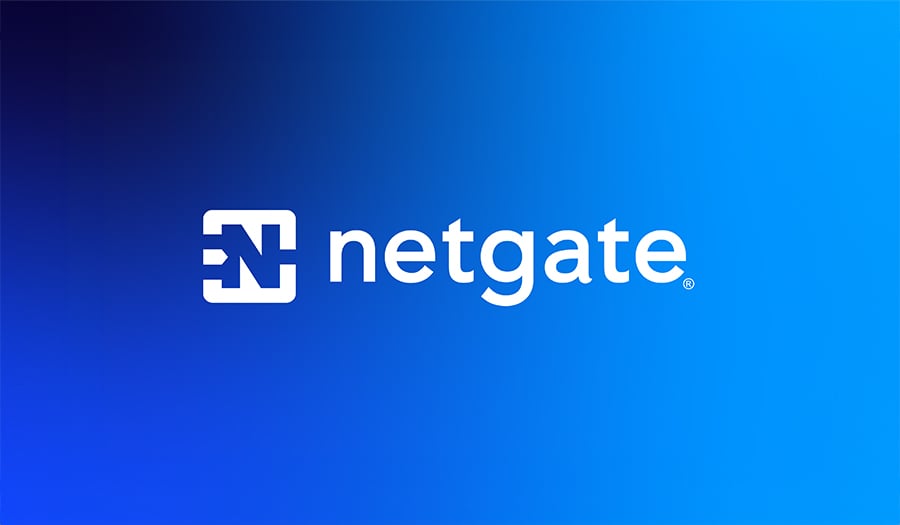Don’t you want to subscribe to our Tree Ultimate program, that will give you a limited access to a living tree for 199.99 a month or 1999 a year?
- 4 Posts
- 64 Comments


link Englishfedilink 1 month ago2arrow-up 3·arrow-down Hate to say it, but Docker compose is giving you the best flexibility and portability of your files. Any of those services can decide tomorrow to enshittify their services and you will be left with nothing.
Look at Plex, now they require Plex pass to stream your own content.


link Englishfedilink 1 month ago2arrow-up 2·arrow-down Why don’t you do some bash scripting and route files to different buckets depending on their extensions or mime types? You can easily do that with rclone for example.


link Englishfedilink 2 months ago1·arrow-up Yes, and Nix is another bag of worms. My suggestion is first try to backup your Docker compose file and the configuration files, you can define in .gitignore which files or dirs to ignore and not backup. You don’t need any automated installation for your server, as it is fairly standard but you can easily do that if you run it as a VM on top of Proxmox and just create a snapshot of your VM.


link Englishfedilink 1·arrow-up 4 months agoedit-2 To be honest I don’t really know, but I know that what you want can easily be solved with SOCKS5 proxy. I think Wireguard and other VPNs are added to encrypt the traffic. There are also other alternatives to SOCKS5 proxy adding encryption.
In Wireguard you have those Allowed IPs, you can allow only those IPs to be reachable from outside and you can configure them per client if I am not wrong. I think the easiest way would be for you to run those services over Docker, that way each server will have an IP from your docker network and you can isolate the traffic. https://www.procustodibus.com/blog/2021/03/wireguard-allowedips-calculator/
My personal suggestion is to spin up a VM, install Debian, Ubuntu, or whatever your poison is, run docker compose or podman compose, spring up a Docker or two and Wireguard and try to achieve what you want. Heck you can even run Wireguard from a container. Once confident with your setup you can migrate it to Nix.


link Englishfedilink 4 months ago1·arrow-up There is no need to have them on separate VMs, as containers are already isolated and additional VMs will add more overhead.
It is worth exploring the LXC containers too, even though I prefer Docker with compose for its declarativeness.


link Englishfedilink 4 months ago2·arrow-up Yes, I also heard that he passed, and I really feel bad for the guy, he did an amazing job. Thanks for the link, I didn’t know there was a new place.


link Englishfedilink 4 months ago1·arrow-up Check this project https://github.com/whyvl/wireproxy


link Englishfedilink 4 months ago19·arrow-up I would suggest giving Proxmox a go and virtualise your VMs, as you can easily make snapshots and recover if something goes south.
You can also check https://tteck.github.io/Proxmox/ containing easy deployable scripts to make your life easier.
I would also try to run everything out of Docker compose and create a repo containing all configuration files.


link Englishfedilink 5 months ago1·arrow-up If you don’t need public access you can create an A-name record pointing to your private IP. This way you will still be able to use SSL certificates but still route your traffic using the internal network.


link Englishfedilink 5 months ago2·arrow-up I am probably going to install an arr stack on the docker containers, but they will write to the HDD. What file systems shall I use for the drives? This topic seems to be quite the rabbit hole and I simply want to properly build this system, as I am planning to leave it running in a remote location so reliability is a very important factor.


link Englishfedilink 5 months ago1·arrow-up They require you to buy a minimum of 800Gb, which for most people is an overkill


link Englishfedilink 1·arrow-up 5 months agoedit-2 And Ubuntu is based on Debian. What’s your point?


link Englishfedilink 6 months ago2·arrow-up https://distrowatch.com/dwres-mobile.php?resource=origin
And you are very wrong.


link Englishfedilink 6 months ago5arrow-up 4·arrow-down The whole idea of self-hosted is to build something yourself and learn your way around some new technology or software. Plus building something yourself allows you to change and upgrade it down the path, while Synology doesn’t provide any of the sort.


link Englishfedilink 10arrow-up 1·arrow-down 6 months agoedit-2 Obsidian is amazing, though it isn’t FOSS but your notes are saved in Markdown, so even if something happens with the app, they will remain yours.
Another alternative may be Joplin and AnyType, but I think AnyType is also not 100% FOSS.


link Englishfedilink 13arrow-up 3·arrow-down 6 months agoedit-2 You are increasing the attack vector immensely, and it is up to you to ensure that it is well protected and up to date. The attack effort won’t be high though and most of the attacks would be pretty basic, still I wouldn’t risk something so personal, like your image library.
I would suggest for you to look into Wireguard or Tailscale for accessing your personal Immich instance.


link Englishfedilink 6 months ago5·arrow-up Obsidian? Saves everything in Markdown. It is offline but you can sync things with syncthing. Has a great app on mobile too. I run syncthing on my phone too and sync everything between my devices.


link Englishfedilink 7 months ago1·arrow-up That’s true, but they also seem to be very power hungry and noisy. I built a fanless server which is consuming 11-12 Watts in idle.

Do you have a GitHub repo? As I am building my system like this and was thinking of exactly using Podman and quadlets.